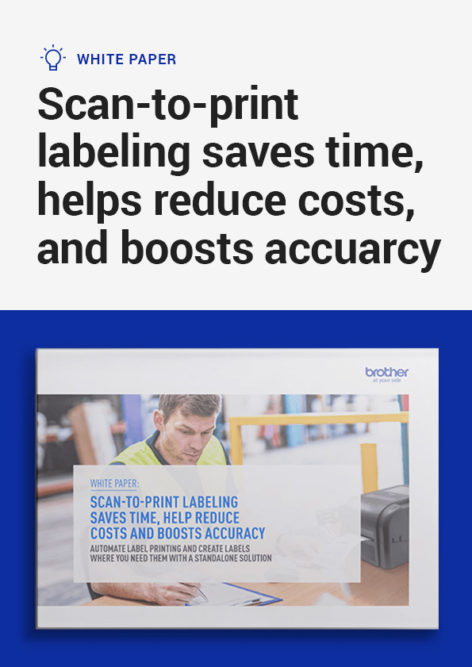
Home » Scan-to-Print Labeling Saves Time, Helps Reduce Costs and Boosts Accuracy
Scan-to-Print Labeling Saves Time, Helps Reduce Costs and Boosts Accuracy

March 1, 2023
Speed is the name of the game, but many warehouses are already starting 2023 out at a disadvantage. Supply chain issues, nationwide worker shortages, inflation, and a looming recession are just some of the pressures warehouses face straight out of the gate. Add to this the increased consumer demands due to the swell of omnichannel fulfillment during COVID-19, and you’ve got a complicated situation to work with.
For busy warehouse operations, accurate labeling is essential for maximizing productivity, lowering costs, and avoiding interruptions in the workflow and shipment cycles. But many modern warehouses are still relying on outdated methods when it came to pallet processing.
For one such warehouse, their tedious pallet process was costing precious time and money. And in the need-for-speed fulfillment environment of retail today, every second wasted equated to lost revenue. This warehouse wasn’t alone— the labeling process is often highly labor-intensive, error-ridden, and time-consuming.
So, they decided to gain a competitive edge by employing a scan-to-print solution that would take their labeling from tedious to two-steps—without the needs for a PC or mobile device.
Their process went from a seven-minute process that required them to:
- Open necessary computer software program
- Search for the required data
- Manually enter the information
- Attempt to properly position the information for printing
- And, finally, print the label
To a one-minute, simplified process:
- Scan the barcode associated with the label
- Print the label
The time and cost savings added up exponentially, with more than 50 printers in operation in 10 locations, and each printer averaging 50,000 labels per month. Read on to see how this warehouse was able to save time, reduce costs, and improve accuracy.
Please CLICK HERE to download the white paper.
RELATED CONTENT
RELATED VIDEOS
Related Directories
Subscribe to our Daily Newsletter!
Timely, incisive articles delivered directly to your inbox.
Popular Stories

2023 Supply Chain Management Resource Guide: Packing for a Difficult Year
VIEW THE LATEST ISSUECase Studies
-
JLL Finds Perfect Warehouse Location, Leading to $15M Grant for Startup
-
Robots Speed Fulfillment to Help Apparel Company Scale for Growth
-
New Revenue for Cloud-Based TMS that Embeds Orderful’s Modern EDI Platform
-
Convenience Store Client Maximizes Profit and Improves Customer Service
-
A Digitally Native Footwear Brand Finds Rapid Fulfillment



